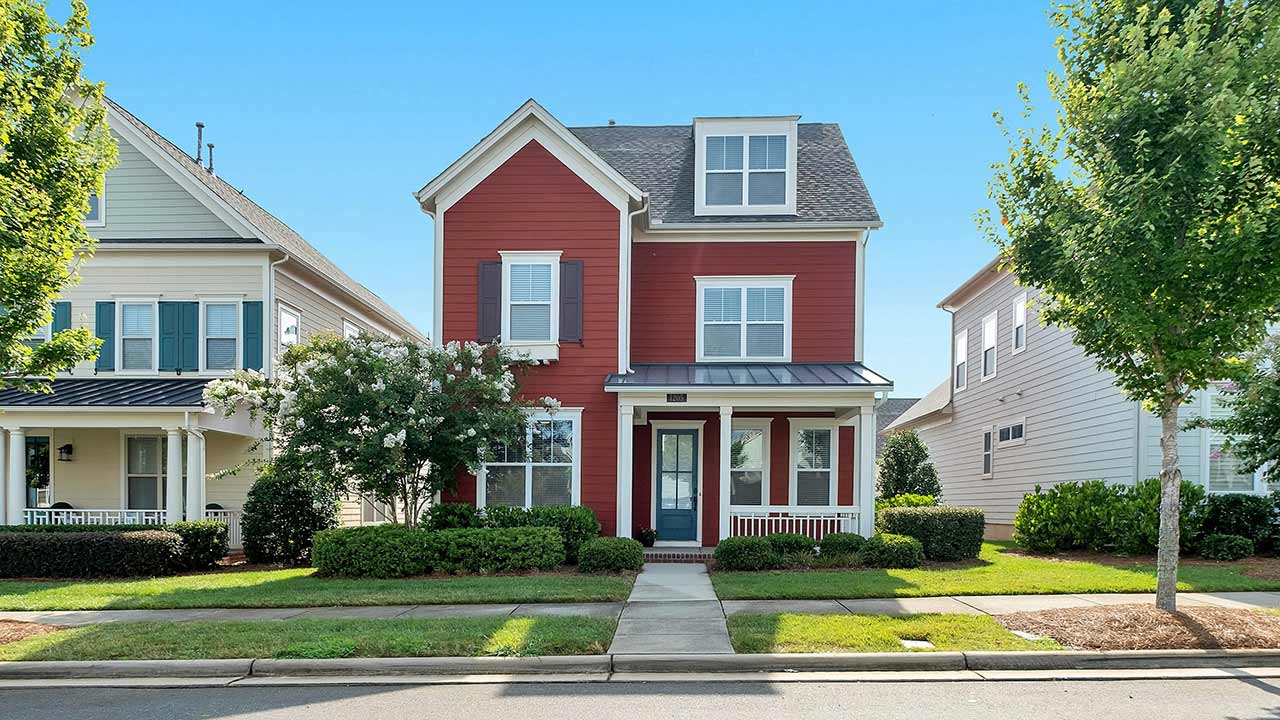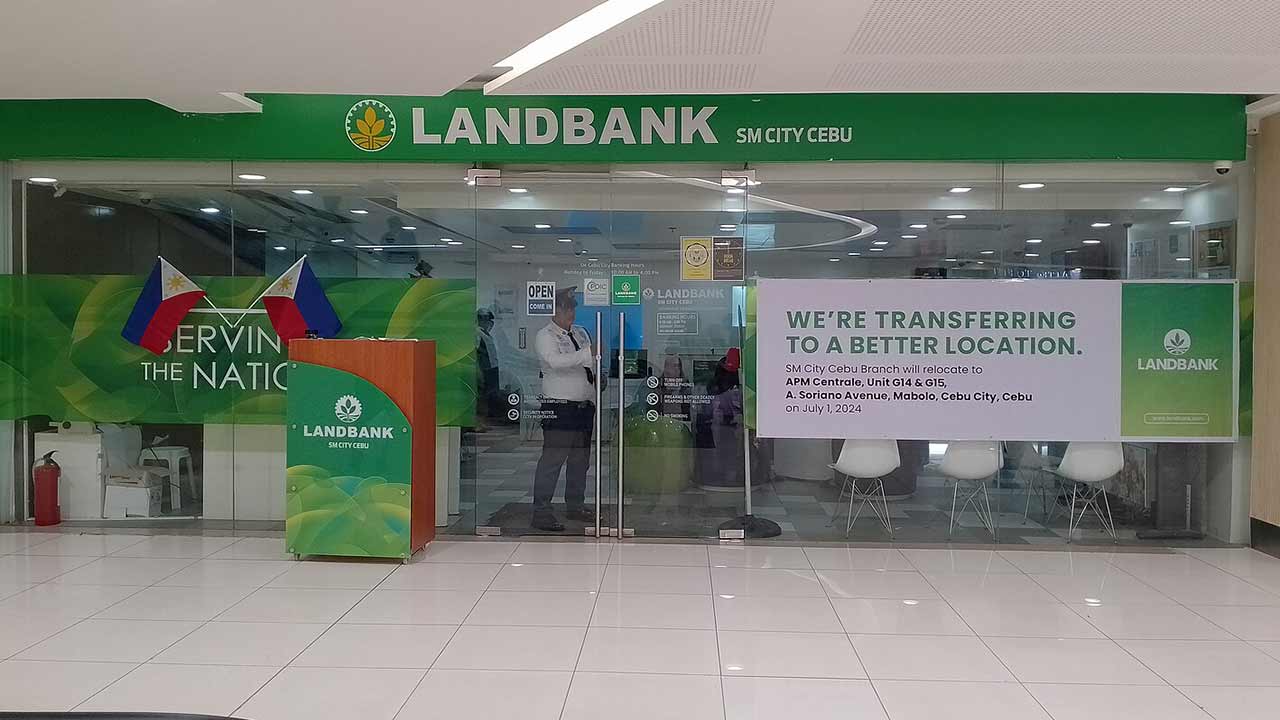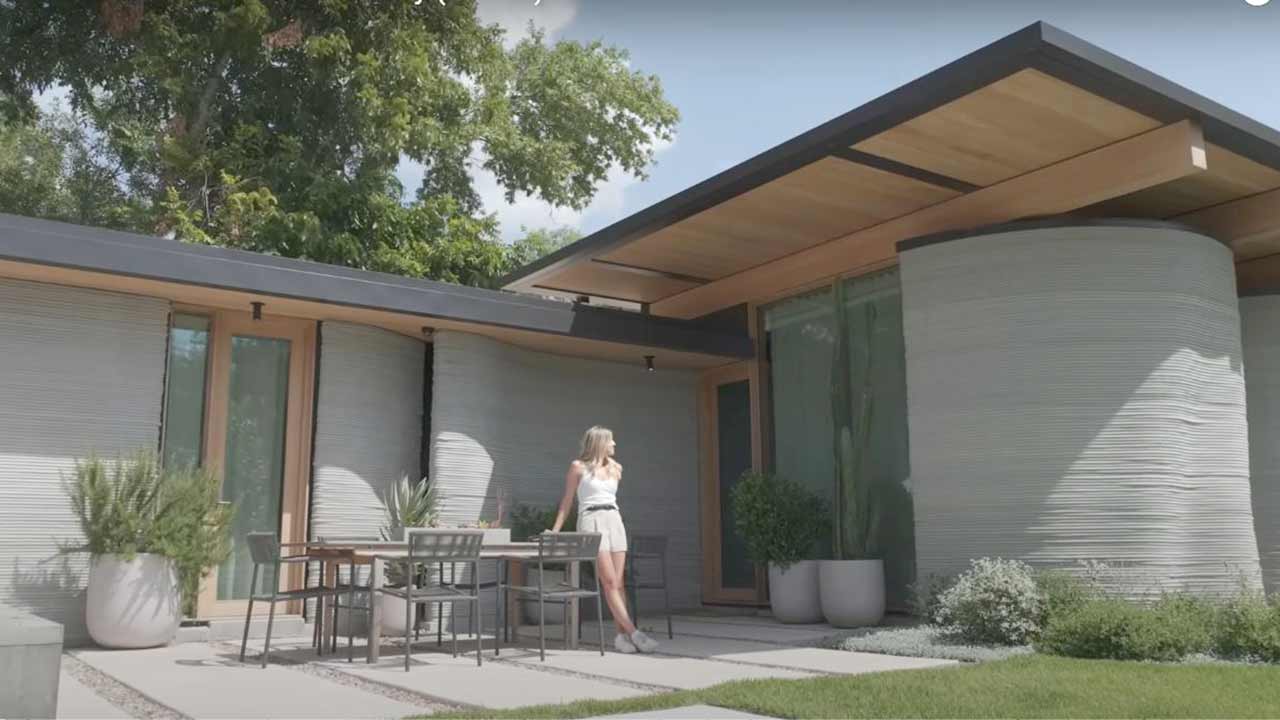Vacant office buildings. Empty malls. Old factories gathering dust. Most people see dead space—investors are starting to see opportunity. Across the U.S., adaptive reuse is quietly turning forgotten buildings into housing, retail, and mixed-use gold mines. And in 2025, it’s becoming one of the fastest-growing trends in urban development.
It’s cheaper than ground-up construction, faster to bring to market, and often eligible for tax credits or city incentives. These five cities are leading the charge—and showing what’s possible when real estate gets a second life.
1. Los Angeles, CA

LA was one of the first cities to embrace adaptive reuse in a big way. Thanks to its early 2000s ordinance, hundreds of old office towers and industrial buildings downtown have already been converted into lofts, studios, and boutique hotels.
Now, with remote work hollowing out even more office space, developers are doubling down. The city is offering incentives for housing conversions, and aging commercial corridors are being reborn as vibrant, walkable neighborhoods.
2. Chicago, IL
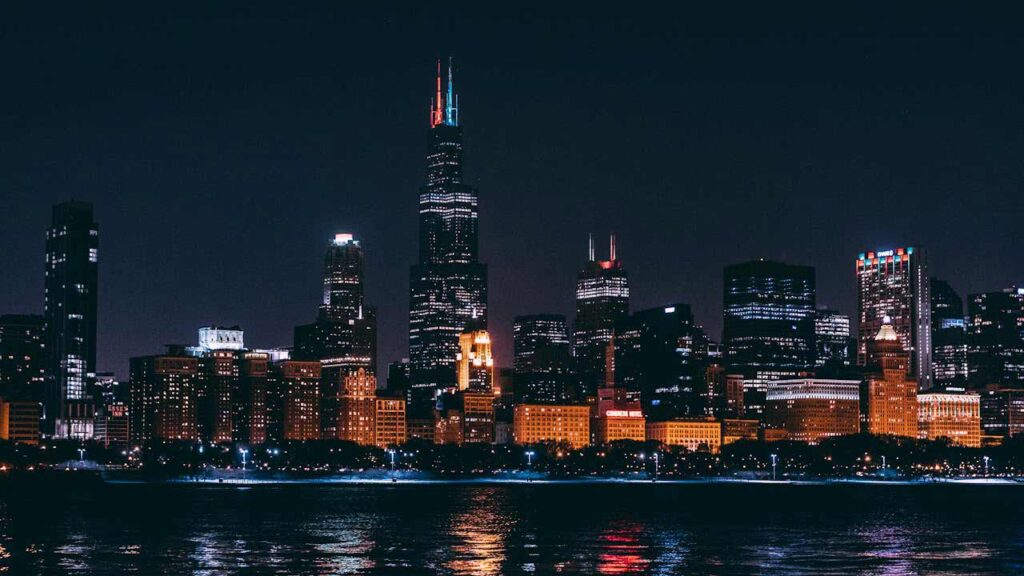
Downtown Chicago has no shortage of historic buildings—and many are ripe for transformation. The city recently approved zoning changes that make it easier to convert office space into residential units, especially near transit hubs.
Developers are targeting old banks, department stores, and school buildings across the South Loop and West Side. And with city-backed incentives, adaptive reuse is becoming one of the few paths forward in a market where new construction costs are still sky-high.
3. Atlanta, GA

Atlanta is quickly becoming a case study in smart reuse. From warehouses on the BeltLine to mid-rise office buildings in Midtown, developers are turning underused structures into high-demand spaces—especially workforce housing and creative commercial hubs.
The city has been supportive with zoning updates and tax breaks, and private investors are noticing. It’s also helped that renters and buyers are increasingly drawn to the character and walkability these projects offer.
4. Philadelphia, PA
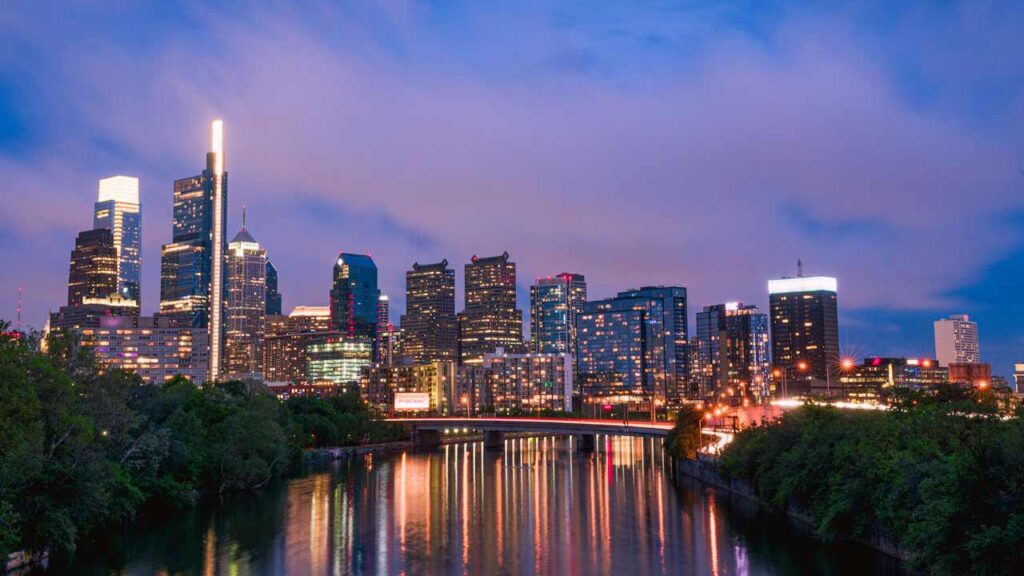
Philly’s old-school building stock is turning into a real estate asset. Massive stone schools, churches, and factories—once liabilities—are now being converted into apartments, artist spaces, and co-working hubs. The city has quietly become a hotspot for small and mid-size adaptive reuse developers.
With a strong pipeline of state historic tax credits and local incentives, more deals are penciling out—and breathing life into neighborhoods that haven’t seen new construction in decades.
5. Salt Lake City, UT

Salt Lake City might not be the first place you think of for redevelopment, but it’s becoming a hidden gem for adaptive reuse. The city is growing fast, land is tight, and developers are repurposing everything from defunct retail centers to government buildings.
The demand for mixed-use spaces and workforce housing is pushing city leaders to support zoning changes and fast-track permitting for adaptive reuse projects. It’s becoming a model for how mid-size cities can solve housing shortages without sprawling outward.
Bottom Line: The Future Isn’t Just New—It’s Reused

As construction costs keep climbing and land gets harder to find, adaptive reuse is stepping in to bridge the gap. These cities are proving that the future of real estate doesn’t have to be built from scratch—it can be carved from what’s already standing.
Smart investors are paying attention. Because in the right markets, giving old buildings a new purpose isn’t just practical—it’s profitable.

Alexander Clark is a financial writer with a knack for breaking down complex market trends and economic shifts. As a contributor to The Daily Overview, he offers readers clear, insightful analysis on everything from market movements to personal finance strategies. With a keen eye for detail and a passion for keeping up with the fast-paced world of finance, Alexander strives to make financial news accessible and engaging for everyone.
